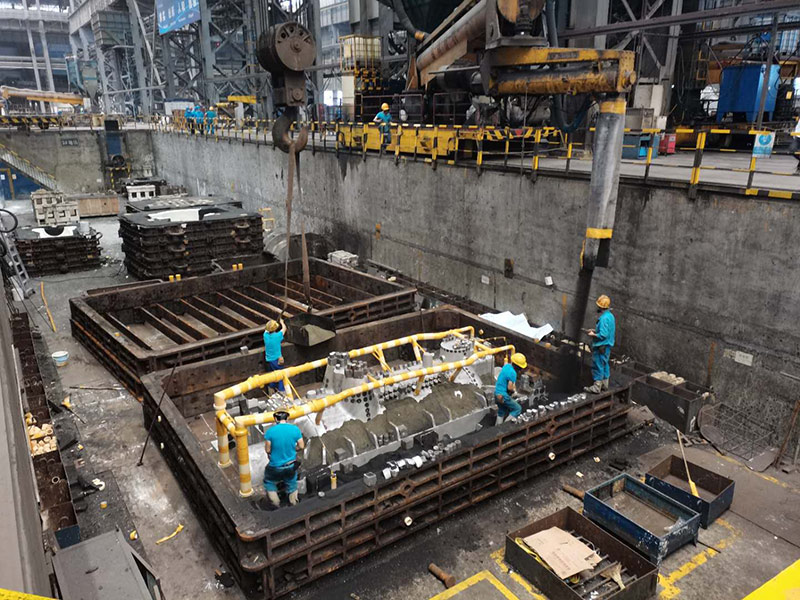Sanding 3D Printed Objects Techniques and Benefits
The rise of 3D printing technology has opened up new avenues for creativity and innovation across various fields, including art, engineering, and manufacturing. However, one of the common challenges faced by enthusiasts and professionals alike is the surface finish of printed objects. While 3D printers can create intricate designs and functional prototypes, the resulting surfaces often exhibit layer lines and imperfections. Sanding 3D printed objects has emerged as a vital process to enhance their aesthetics and functionality.
Sanding 3D Printed Objects Techniques and Benefits
When sanding PLA objects, it’s essential to use finer-grit sandpaper, starting around 200-grit and progressing to 1000-grit or higher for a polished finish. Because PLA is a thermoplastic, care must be taken to avoid excessive heat buildup during sanding, which could cause the material to melt or deform. A gentle touch is crucial; maintaining a steady and light pressure will result in an even surface without compromising the object’s integrity.
sanding 3d printed objects

On the other hand, sanding ABS can be somewhat easier due to its more forgiving nature. Due to its higher melting point, ABS can handle more aggressive sanding techniques. Starting with a coarser grit, like 120-grit, can help remove significant imperfections and layer lines. Once the desired shape is achieved, transitioning to finer grits, such as 400-grit and finishing with 1000-grit, will yield a smoother finish. Additionally, many users opt to 'fume' ABS with acetone vapor after sanding to achieve a glossy, high-quality finish.
The benefits of sanding extend beyond aesthetics. A smoother surface will not only improve the visual appeal of the printed object but also enhance its functionality. Reduced friction on moving parts can lead to better performance in mechanical applications. Moreover, a finely sanded surface improves the adhesion of paints and other coatings, allowing for more vibrant and durable finishes.
Apart from grit selection and technique, one important aspect to consider is safety. Sanding produces fine dust particles that can be harmful if inhaled. Therefore, using a mask and working in a well-ventilated area is advisable. Additionally, wearing safety goggles can prevent eye irritation from sanding debris.
In conclusion, sanding 3D printed objects is an essential step in achieving high-quality finishes that not only improve the aesthetic appeal but also enhance performance. Whether working with PLA or ABS, understanding the specific techniques and safety measures can lead to stunning results. As 3D printing technology continues to evolve, mastering the art of sanding will remain a valuable skill for creators looking to elevate their projects to the next level. With patience and practice, anyone can transform a rough, printed object into a polished piece of art or prototype.
Post time:Okt . 07, 2024 19:36
Next:описують пісковий фрагмент
